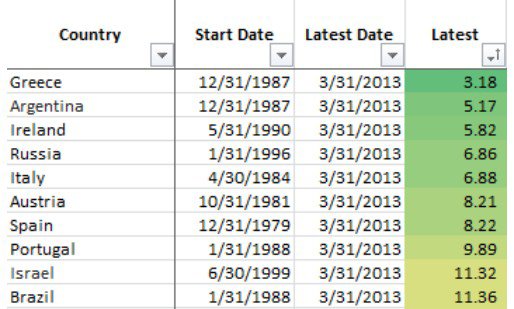keegs
Recycles dryer sheets
I think this is news to me.....basing withdrawl rates on CAPE (PE/10). Make sense to me ..I think...What broad index are they using I wonder?
Anyway...what say you?
Maybe Past Performance Does Predict Your Savings' Future - Bloomberg
Anyway...what say you?
Maybe Past Performance Does Predict Your Savings' Future - Bloomberg

